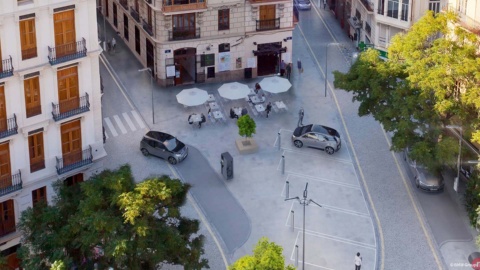
Whether adaptive roadside lighting, charging station for electric cars or measuring station for environmental and traffic data – the intelligent streetlights of eluminocity connect numerous practical features. As a backbone of so-called smart cities, they allow citizens a more comfortable city life and reduce the negative consequences of the imminent population growth in urban areas.
In 2010, the average population worldwide was divided almost equally between rural and urban areas. In 2050, according to the forecast of the World Health Organization (WHO), 70 percent of all humans will live in cities.
The 19th century was a century of empires, the 20th century was a century of nation states. The 21st century will be a century of cities.
Continuous population growth poses fundamental challenges to cities and their citizens:
- The demand for mobility rises
- Air pollution increases
- Fossil fuels dwindle
Smart cities - improved life quality for citizens
Experts, such as Bettina Tratz-Ryan from the market research firm Gartner, see the solution to these problems in so-called smart cities. The European Union defines smart cities as cities that adapt to citizens and their needs. The goal is to improve the life quality of the people.
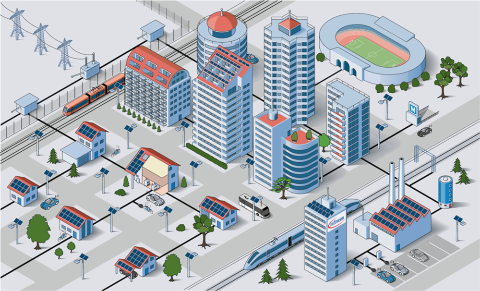
In order to achieve this goal, smart cities use an extensive infrastructure of information technologies. Intelligent street lights amplify the communication network and combine several functions under one lampshade. The street lantern not only provides light, but also adapts to the individual conditions of its environment for a more efficient use of energy. They also serve as a charging station for electric vehicles, as a measuring instrument for air quality and traffic regulation.
eluminocity - street light of tomorrow
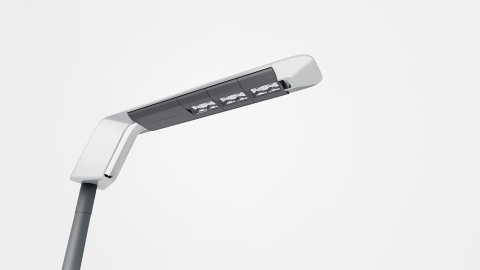
The start-up company eluminocity based out of Munich, Germany, has teamed up with Infineon and Intel in order to provide these smart applications to citizens of smart cities. Chips by Infineon control these applications.
Despite its extensive range of features, the main task of the smart lantern remains the street lighting. Contrary to wide-spread road lanterns, the smart street light does not rely on conventional sodium vapor lamps, but on light-emitting diodes, or LEDs. First, LEDs consume less electricity. Second, they last up to six times longer than sodium vapor lamps, which means less waste; they also save electricity. This allows municipalities to cut three-quarters of their costs for street lighting directly.
The smart street lantern takes it even one step further and adapts the lighting to its surrounding conditions within a radius of up to 150 meters in order to throttle energy consumption. The 24GHz radar chip BGT24 by Infineon detects, if and how fast an object, such as a pedestrian or a car, approaches the lantern. The evaluation of the data is controlled by Infineon’s XMC™ microcontroller family.

How does radar work?
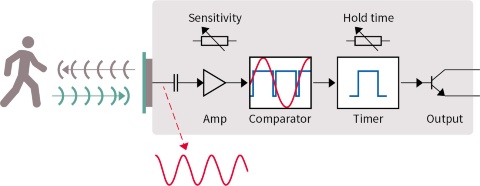
Radar is an object detection system that uses microwaves in order to determine the range, angle, and speed of objects. The radar system generates electromagnetic waves that are emitted by one antenna and received by another.
The light controller XDPL8220 by Infineon regulates the electricity, which runs through the LEDs. Together, the radar chip and the light controller enable the streetlight to selectively illuminate based on whether an object is detected in the vicinity of the streetlight. Also, the chips are capable of adapting the light to the prevailing weather conditions. During snow or rain fall, the LEDs light up significantly brighter than during dusk.
Charging station for electric cars
An additional feature of the smart street lantern is the charging module for vehicles equipped with an electric engine. According to the study “Elektromobilität” (in German) by the German Association for Automobile Industry (VDA), at the end of 2015 46.000 electric vehicles drove on Germany’s streets. Experts envisage a continuous rise since the federal government announced subsidizing the purchase of electric cars as of July 2016.
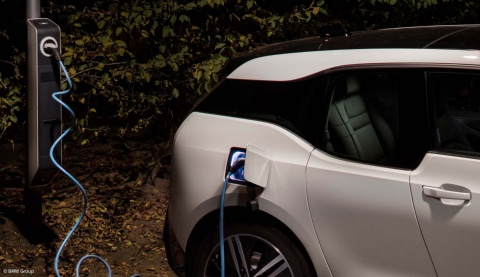
The demand for electric vehicles, however, faces one major obstacle. To the date, there is a lack of a large-scale charging station network. Between 2011 and 2015, the ratio of two cars per charging station has risen to seven vehicles. The VDA assumes that in the future there will be a ratio of ten electric cars per charging station.
eluminocity has already installed some of its intelligent street lights with integrated charging stations in various cities, such as Munich, Chicago, Oxford, and Eindhoven – more charging stations will follow, according to the company.
The charging process is rather easy: once the battery power of an electric vehicle comes to an end, the driver can recharge it with an output of up to 22 kW. For this purpose, he must identify himself by scanning a printed QR code on the charging station. Then, the protective cover of the socket opens and the driver can insert a charging cable in order to recharge the battery of his vehicle. The payment is made cash-free and conveniently via smartphone app.
Taking a deep breath
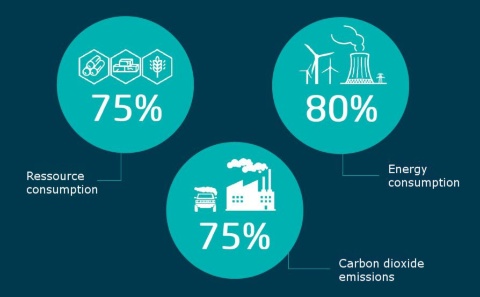
In contrast to vehicles with combustion engines, electric cars avoid the direct emission of carbon dioxide (CO2) and therefore counteract the increasing degree of air pollution in urban areas – nowadays, cities are responsible for 75 percent of global CO2 emissions.
Until electrically powered vehicles have completely replaced cars with combustion engine, it is necessary to measure the emission of pollutants in order to take appropriate measures, such as speed limits, if the values are too high. The intelligent street light measures air quality at various locations and relay these to the authority in charge via Internet. If emission values exceed the permissible limit, the lantern alerts local governments, which then can respond accordingly. Complex measurements, combined with high administrative costs, could thus soon be a thing of the past.
Car drivers can also take a deep breath when looking for parking, a situation that can lead to stress moments due to the increasing number of vehicles coupled with the growing lack of space. The smart light is capable of recognizing free parking spaces and passing this information on to nearby drivers via Cloud connection. This saves energy resources, time, and nerves.
State-of-the-art security for data streams
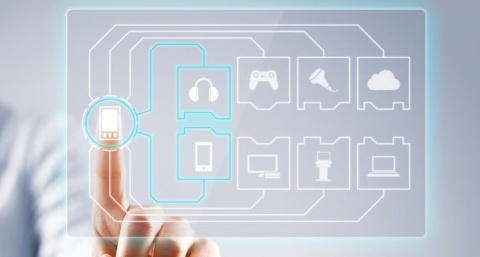
On the Internet of Things (IoT), various individual devices exchange data streams, which contain sensitive information. This includes energy, traffic, personal or business data. The built-in Intel modem provides the necessary infrastructure for the data exchange with the Cloud.
In oder to prevent this data from ending up in the wrong hands, the developers at eluminocity rely on the security chips of the Infineon OPTIGA™ Trust X. This hardware-based security solution is optimized for IoT devices and enables greater security compared to purely software-based systems.
Together with Infineon and Intel, eluminocity has transformed the principle of a simple street lantern into a versatile node. As a backbone of smart cities, the intelligent street light provides urban areas with a wide range of functions, such as flexible street lighting, a network of charging stations for electric cars, and air quality measurement sensors. The intelligent street light not merely benefits the inhabitants, but also engineers, as it offers a platform for further features. The range of possible functions has therefore not yet reached its limits by far.
Last update: February 2017
